
Text


Reading the Rocks is a fundamental geological activity and consists of describing very carefully the details shown in a rock and then interpreting the conditions of formation from those characteristics. Earth history has been illuminated by reading rocks.
Basalt is mainly made of two minerals: Plagioclase feldspar and pyroxene. Basalt has several textural varieties such as glassy, massive, porphyritic, vesicular, scoriaceous. In the Keweenaw we can subdivide textures into three types, following Huber’s example: Porphyrite, Trap and Ophite, applies ideally to Isle Royale, but works for the PLV on the Keweenaw too.
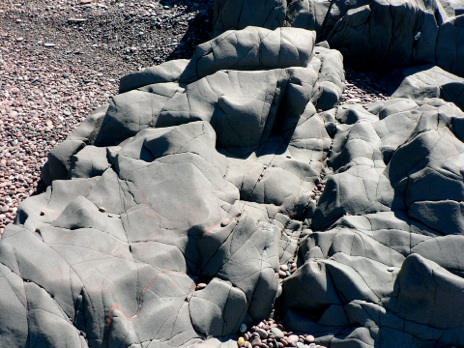
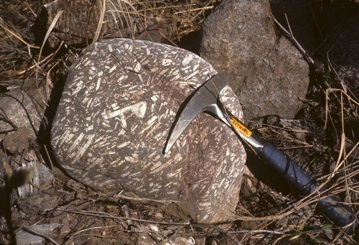
Porphyrite or porphyritic basalt is characterized by obvious crystals, usually of plagioclase, which is often white or tan in color. These crystals are typically interpreted as phases that formed before eruption, where magma was being stored (a “Magma Chamber).
On Isle Royale, there are five main examples of porphyritic basalt flows: The Scoville Point (psp), Hill Point (php) Tobin Harbor (pth) Grace Island (pgi) and Huginnin (ph).
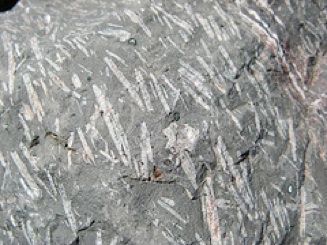
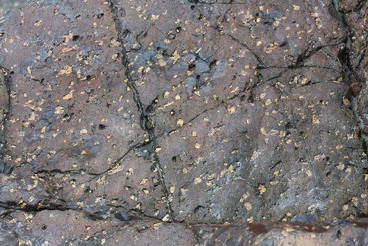
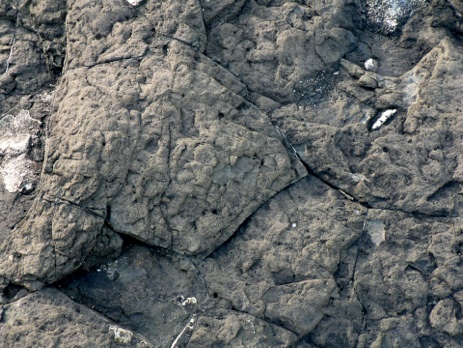
“Trap”, melaphyre or massive basalt typically has no conspicuous crystals, and in its interior regions has a uniform grey or grey brown color.
On Isle Royale there are four large “Trap” flows: Edwards Island (pei) Long Island (pli), Minong (pm) and Amygdaloid Island (pai).
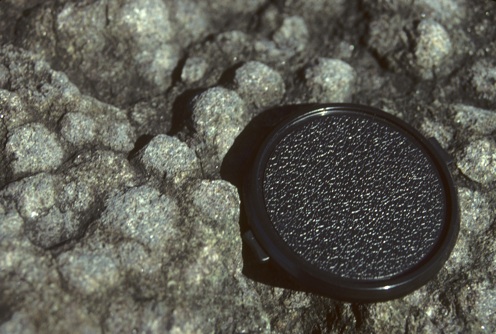
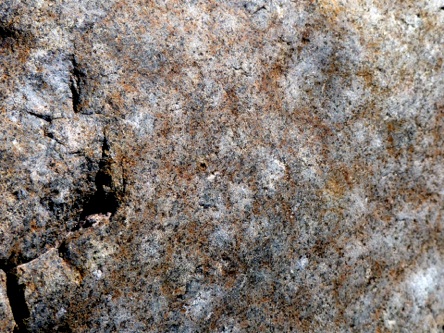
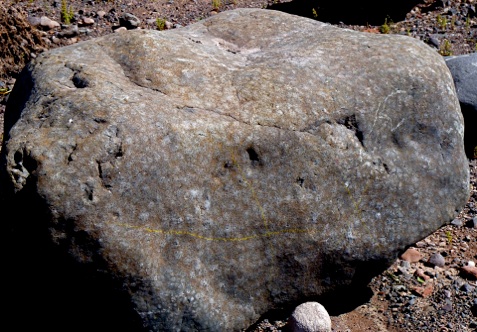
Ophite or Ophitic basalt exhibits a sometimes subtle, knobby texture with equidimensional pyroxenes usually between 0.5 and about 3 cm.
On Isle Royale there are 3 main ophitic flows: Washington Island (pwi),
Greenstone (pg) and Hill Point (php) .
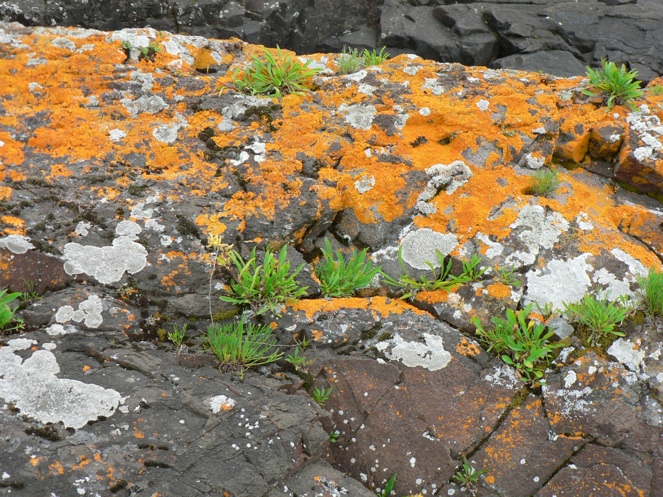
Two conclusions emerge from Paces (1988) work: (I) the lavas are compositionally similar throughout the section and generally are high magnesium, olivine tholeiites; and (2) the flows range from less than 10 m (33 ft.) to more than 100 m (330 ft.) thick, and the thicker ones are more likely to have ophitic textures.
figure from Paces, 1988
